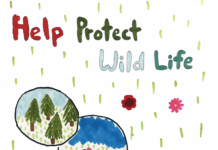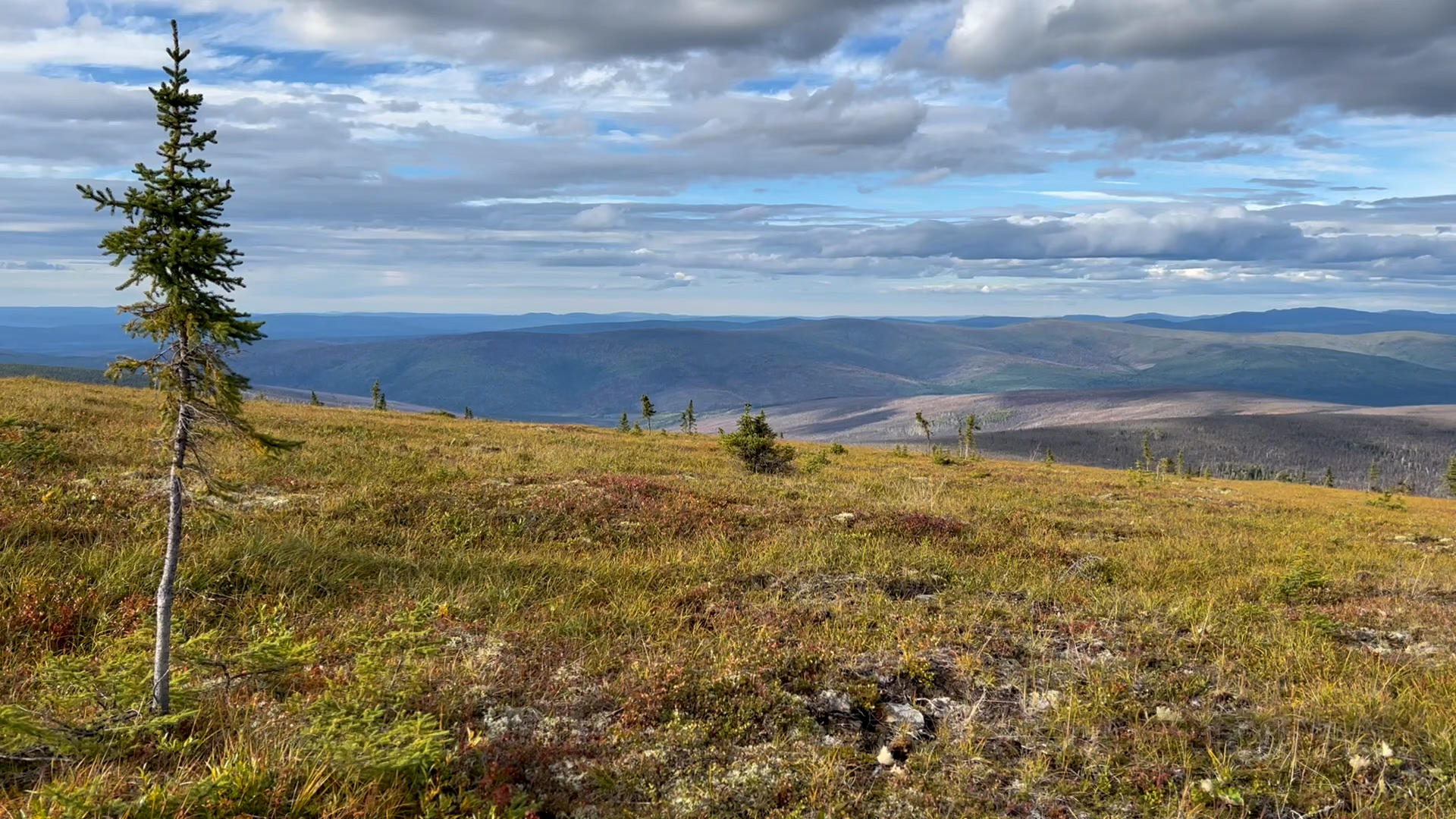Climate Change and Northern Forests: A NASA Study on Vegetation Shifts
The warming global climate is reshaping the vegetation structure of forests in the far north, a trend expected to continue through the end of this century. According to NASA researchers, the changes in these regions’ forest structure could either help absorb more atmospheric carbon dioxide (CO2) or accelerate permafrost thawing, potentially releasing ancient carbon stores.
The Study and Its Findings
NASA’s latest study, utilizing millions of data points from the Ice, Cloud, and land Elevation Satellite 2 (ICESat-2) and Landsat missions, highlights the gradual transformation of tundra landscapes. As the climate warms, more trees and shrubs are appearing in these regions, making them taller and greener. This shift in vegetation, particularly in boreal forests and tundra biomes, is expected to persist for at least the next 80 years.
Boreal forests, located between 50 and 60 degrees north latitude, span across vast areas of Alaska, Canada, Scandinavia, and Russia. These forests are predominantly composed of evergreens like pine, spruce, and fir. In contrast, the tundra biome, found even farther north, has historically supported only shrubs, mosses, and grasses due to its permafrost and short growing season.
Vegetation Growth and Climate Models
Previous studies have already noted an increase in high-latitude plant growth moving northward into areas previously dominated by tundra vegetation. The new NASA-led study confirms the increased presence of trees and shrubs in these regions and their adjacent transitional forests, where boreal and tundra biomes meet. This trend is expected to continue until at least the end of the century.
Paul Montesano, the lead author of the study and a research scientist at NASA Goddard’s Space Flight Center, remarked, "The results from this study advance a growing body of work that recognizes a shift in vegetation patterns within the boreal forest biome. We’ve used satellite data to track the increased vegetation growth in this biome since 1984, and we found that it’s similar to what computer models predict for the decades to come. This paints a picture of continued change for the next 80 or so years that is particularly strong in transitional forests."
Implications of Vegetation Changes
The study found predictions of "positive median height changes" in all tundra landscapes and transitional forests, indicating that trees and shrubs will become larger and more abundant in areas where they are currently sparse. This increased vegetation could potentially offset some of the impacts of rising CO2 emissions by absorbing more CO2 through photosynthesis, storing it in the trees, shrubs, and soil.
However, the change in forest structure may also lead to permafrost thawing as more sunlight is absorbed by the darker-colored vegetation. This could release CO2 and methane that has been stored in the soil for thousands of years, contributing to further climate change.
Data and Methodology
In their paper published in Nature Communications Earth & Environment, NASA scientists described their use of a combination of satellite data, machine learning, climate variables, and climate models to predict future forest structure. They analyzed nearly 20 million data points from NASA’s ICESat-2 and matched these with tens of thousands of scenes of North American boreal forests from 1984 to 2020, captured by the Landsat mission, a joint effort between NASA and the U.S. Geological Survey. This extensive data collection and analysis are part of what is known as "big data" projects, requiring advanced computing capabilities.
The ICESat-2 mission employs a laser instrument called lidar to measure the height of Earth’s surface features, such as ice sheets and trees, from space. The study’s authors used these measurements to understand the current structure of boreal forests in the far north. They then modeled several future climate scenarios, adjusting for different temperature and precipitation conditions, to predict how forest structure may evolve in response.
Melanie Frost, a remote sensing scientist at NASA Goddard, emphasized the importance of understanding these changes: "Our climate is changing and, as it changes, it affects almost everything in nature. It’s important for scientists to understand how things are changing and use that knowledge to inform our climate models."
Broader Context and Reactions
This study is part of a growing body of work that underscores the significant impact of climate change on natural ecosystems. The findings are consistent with other research indicating that warming temperatures are driving vegetation changes in high-latitude regions. The shift in vegetation patterns has far-reaching implications, not only for the local ecosystems but also for global climate dynamics.
The potential for increased vegetation to absorb more CO2 offers a glimmer of hope in mitigating some effects of climate change. However, the risk of permafrost thawing and the subsequent release of ancient carbon stores cannot be ignored. This duality highlights the complexity of predicting and managing climate change impacts.
Conclusion
The NASA study provides valuable insights into how northern forests are likely to evolve in response to a warming climate. The use of advanced satellite data and climate modeling offers a detailed picture of future vegetation changes, which is crucial for refining climate forecasts and developing effective mitigation strategies. As the climate continues to change, understanding these dynamics will be essential for scientists, policymakers, and the global community.
For more detailed information, you can refer to the original study published in Nature Communications Earth & Environment and NASA’s official press release.
In summary, the transformation of northern forests is a clear indicator of the broader impacts of climate change. While the increased vegetation might help absorb more CO2, the potential for permafrost thawing and carbon release presents significant challenges. Continued research and monitoring are essential to navigate these complex dynamics and mitigate the adverse effects of climate change.
For more Information, Refer to this article.

































